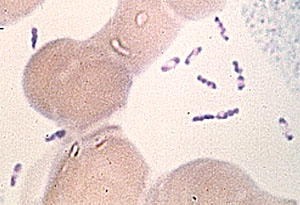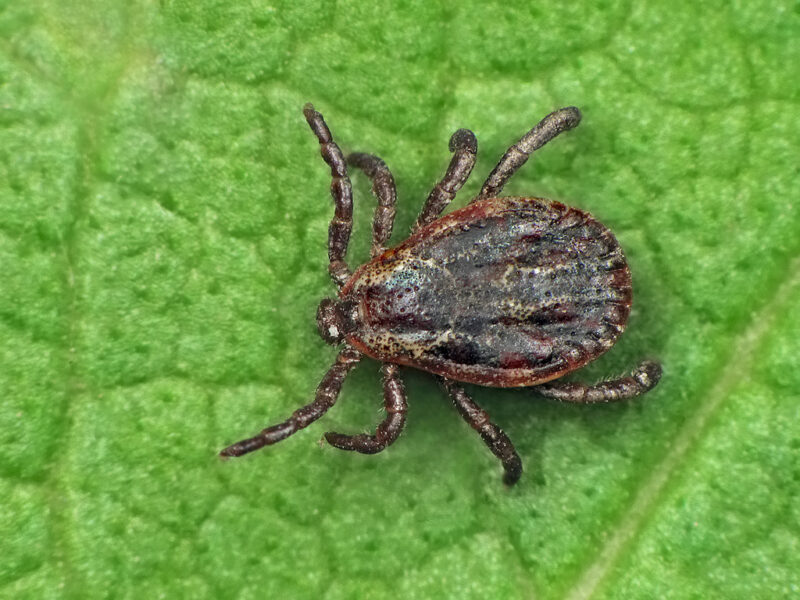An outbreak of E. coli has killed seven and infected more than 100 in northern Japan, marking the most deadly food poisoning outbreak in ten years. Officials believe the source of the infection is E. coli contaminated pickled cabbage.
Six of the seven victims were elderly women who were reportedly served the contaminated vegetables in their nursing homes. One of the victims died from multiple organ failure after nine days in the hospital.
The other victim was a four-year-old girl whose family purchased the cabbage, produced by the Sapporo-based company Iwai Shokuhin, at their local supermarket.
Experts still do not know why the contamination occurred. Health official Seiichi Miyahara stated, “It is not easy to determine how the bacteria were mixed with the pickles. We don’t know yet whether there was any major problem in sanitary control at the company.”
Japan’s last food poisoning outbreak occurred in 2009 and killed nine residents of a hospital nursing home north of Tokyo.
E. coli, or Escherichia coli, are bacteria that can cause gastrointestinal illness. The bacteria area transmitted through contact with contaminated water, food, or infected animals or people. Symptoms include stomach cramps, diarrhea, and vomiting. While most patients recover within a week, five to ten percent of infected patients will develop life threatening hemolytic uremic syndrome as a result of infection. Very young and elderly patients are most vulnerable to E. coli infection
To prevent infection with E. coli, CDC experts encourage people to wash their hands after using the bathroom and before preparing or eating food. People should maintain hygiene standards during food preparation and cooking. Lastly, CDC experts recommend avoiding unpasteurized milk and juice and swallowing water when swimming in fresh water or pools.

